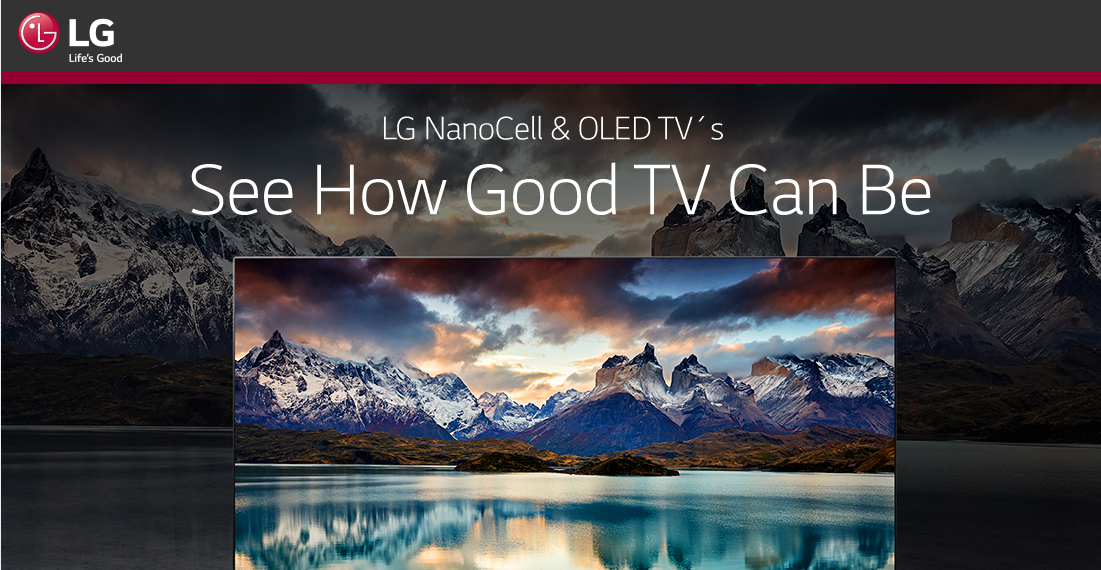LG NanoCell TV: Nanotechnology for Ultimate Home Audio-Visual Enjoyment
The LG NanoCell series is a high-quality LCD TV launched by LG, equipped with NanoCell technology, delivering vibrant, pure colors and an immersive entertainment experience. Below is a detailed introduction to the features of LG NanoCell TVs to help you choose the model best suited for Hong Kong homes!

What is LG NanoCell Technology?
Nanoparticles Enhance Picture Quality
LG NanoCell technology uses particles approximately 1 nanometer in size to filter excess light waves, purifying the red, green, and blue (RGB) primary colors, resulting in purer, more vibrant colors. Compared to traditional LCD TVs, NanoCell covers over 90% of the DCI-P3 color gamut, allowing you to enjoy cinema-quality visuals in your Hong Kong home.
In simple terms, NanoCell acts like a "color purifier," ensuring true-to-life and vivid picture colors.
Wide Viewing Angle, Perfect for Hong Kong Gatherings
NanoCell uses IPS panels, offering far superior viewing angles compared to standard LCD TVs (such as Samsung QLED’s VA panels). Even when viewed from the side, colors remain consistent, making it ideal for family TV watching, sports broadcasts, or gaming gatherings with friends, ensuring everyone enjoys a clear picture.
Core Advantages of LG NanoCell TVs
1. Vibrant Colors and High Contrast
• Pure Colors: Nanoparticles reduce color distortion, delivering highly accurate colors and lifelike details.
• Full Array Local Dimming (FALD): Some high-end models (e.g., NANO90) support FALD technology, offering deeper blacks and stronger contrast.
• High Brightness: NanoCell’s LED backlighting is ideal for Hong Kong’s brightly lit living rooms, outperforming OLED with brighter, clearer images.
2. Smart Entertainment Experience
• webOS Smart System: LG NanoCell TVs feature the intuitive webOS platform, supporting global streaming services like Netflix, YouTube, Disney+, as well as local Hong Kong apps.
• Voice Control: Built-in Google Assistant and Alexa make it easy to search for Hong Kong entertainment or control smart home devices.
• HDR and Audio: Supports Dolby Vision, HDR10, and Dolby Atmos, delivering a cinematic audio-visual experience for Hong Kong users.
3. Top Choice for Gamers
• HDMI 2.1: High-end models support 4K 120Hz output for ultra-smooth visuals.
• Variable Refresh Rate (VRR) and Auto Low Latency Mode (ALLM): Reduces screen tearing and input lag, perfect for PS5 or Xbox gaming consoles.
• Low Input Lag: Ensures Hong Kong gamers enjoy a fast, responsive gaming experience.
LG NanoCell Compared to Other Technologies
Compared to OLED
LG OLED TVs use self-emissive pixel technology to deliver perfect blacks and infinite contrast, ideal for Hong Kong’s high-end users seeking ultimate picture quality. However, NanoCell offers higher brightness and a more affordable price, making it a cost-effective choice for Hong Kong households.
Compared to QNED
LG QNED combines NanoCell, quantum dots, and Mini LED backlighting, offering superior brightness and contrast compared to standard NanoCell, but at a higher price. NanoCell remains the ideal choice for Hong Kong’s mid-to-high-end market.
Why Choose LG NanoCell TV?
• Vibrant Picture Quality: Perfect for watching Hong Kong sports broadcasts, movies, or streaming shows with lifelike colors.
• Wide Viewing Angle: Ensures clear visuals for group gatherings or family movie nights.
• High Value for Money: Compared to OLED or QNED, NanoCell offers premium performance at a more affordable price.
• Adapts to Bright Environments: With ample natural light in living rooms, NanoCell’s high brightness ensures clear visuals.

